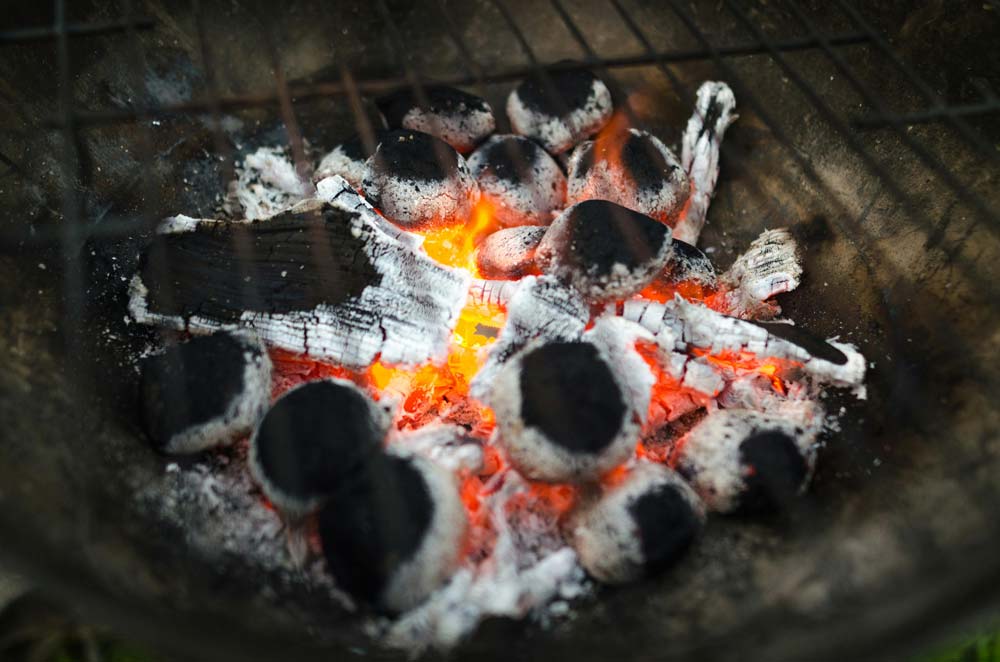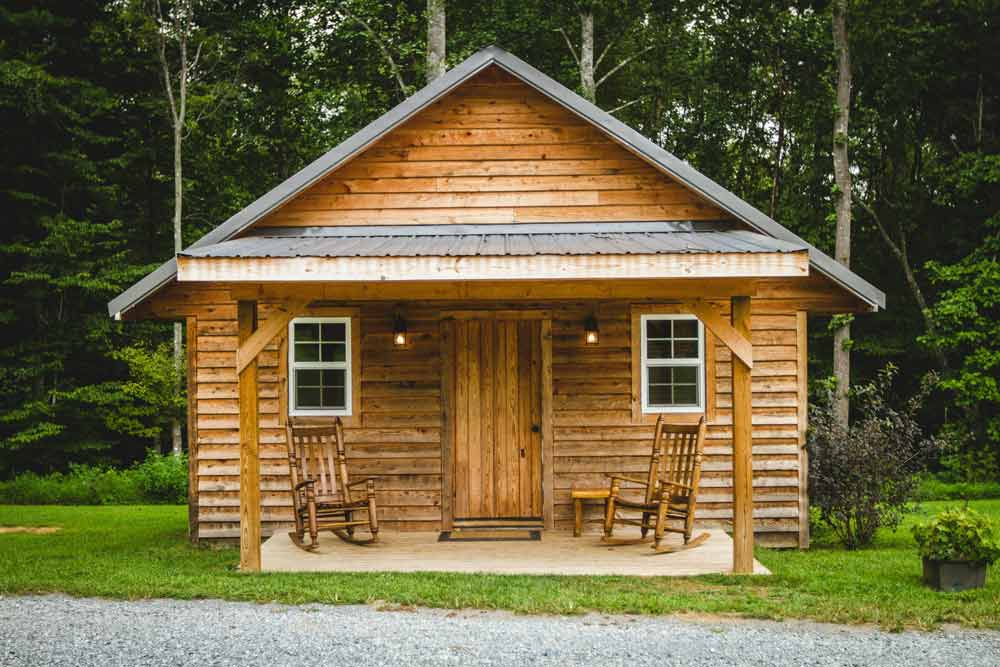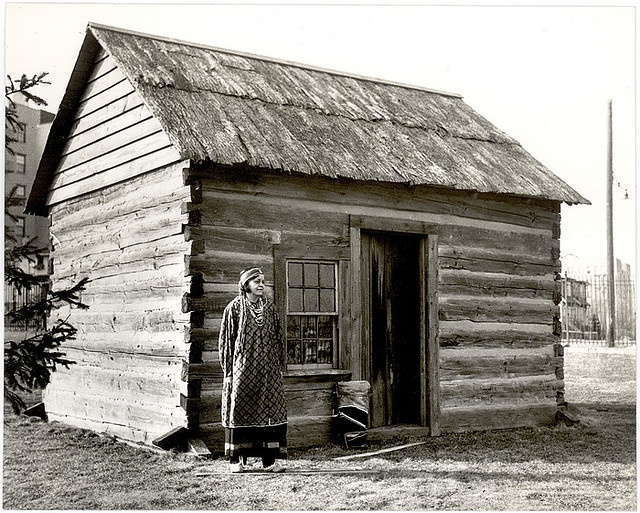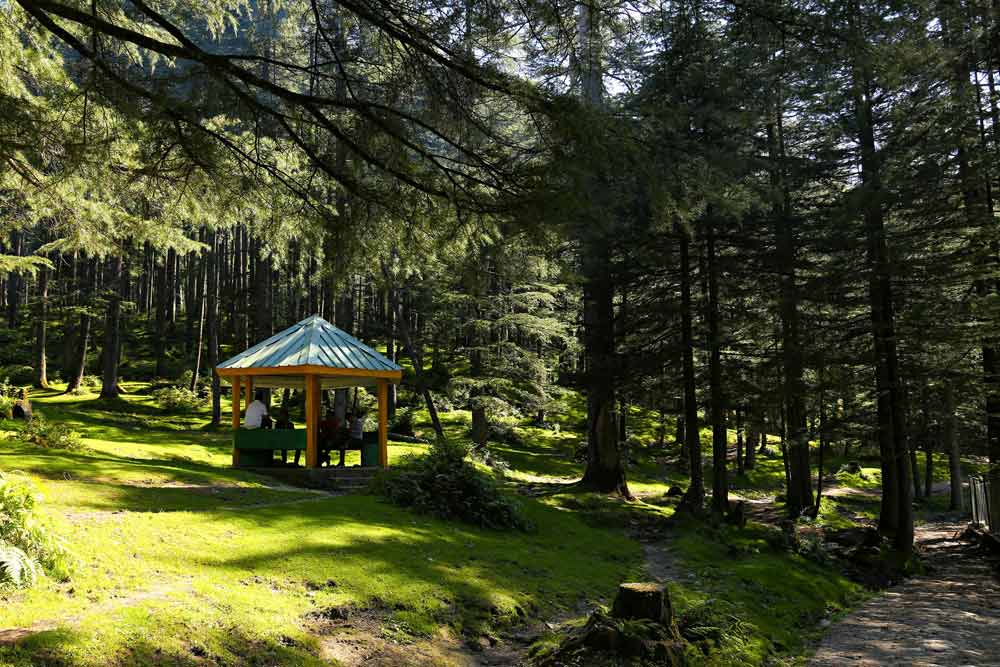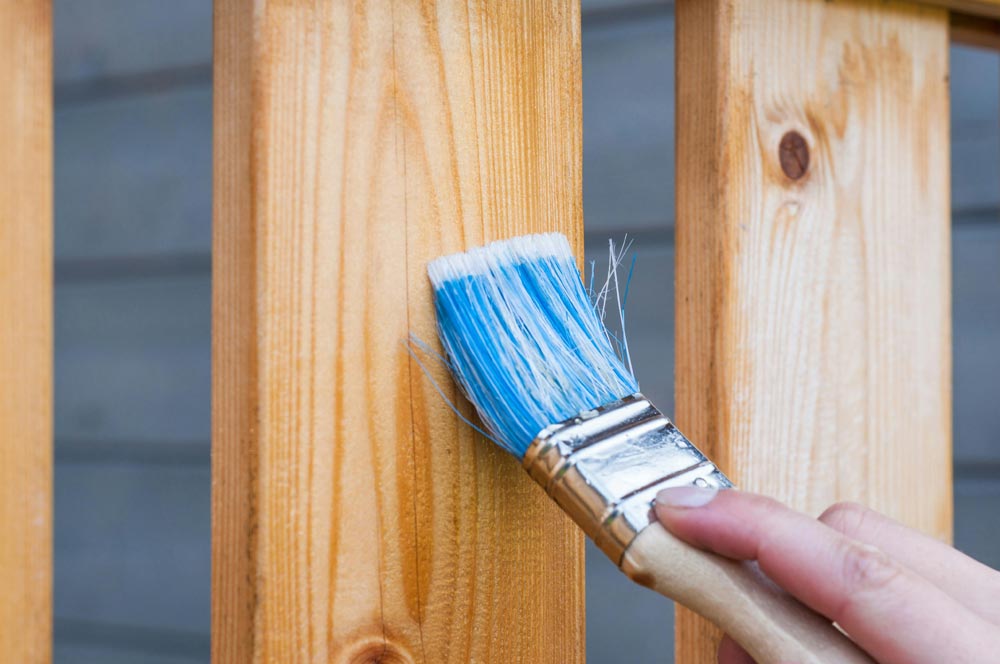Everyone loves their natural beauty, but is a Log Home energy efficient? How can a stack of logs keep out the cold? Won’t I be wasting my hard-earned money trying to keep the house warm. So our Log Homes need to be Efficient.
First a little bit about R-values and insulation. The R-value of a material refers to its resistance to heat flow and was adopted as a simple factor to compare energy efficiency.
Your Efficient Log Home
So we commonly see R-value ratings for things like Glass-fibre insulation. Where 90mm of insulation is designed to fill a 2 x 4 wall is rated at R-13, and 140mm designed to fill a 2 x 6 wall is rated at R-19.
But in the laboratory where they do the rating, the Glass-fibre is actually enclosed in plastic completely stopping any air flow (unlike the real world).
Also the difference between inside and outside temperature that is measured is only 10 degrees. Again, vastly different from a house in Finland in the winter where the temperature differential might be 70 degrees or more.
This is a complex issue.
The Thermal Mass in a Log Home
Logs take advantage of what is referred to as “thermal mass” effect, using the heat capacity of the wall. That is, the mass of the solid wood absorbs and holds the heat and slowly releases it over time.
Studies done in the US by the National Bureau of Standards compared energy costs between houses insulated with Glass-fibre to a value of R-13 and log homes built with 170mm thick square logs. They showed that the two homes used the same amount of energy, even though the timber-framed house had a nominal R-value 17% higher.
A Specific Study into the Effects of Mass on Thermal Retention
In 1980 – 1982 the National Bureau of Standards in the US did a study for the Department of Housing and Urban Development (HUD) and the Department of Energy (DOE) in an effort to determine the effects of mass on thermal retention.
The NBS compared a log building to an insulated conventionally timber-framed building. The log building was constructed with 140mm solid logs rated at a nominal R-10 and the framed building was insulated with 70mm of fiberglass and rated at a nominal R-12.
The NBS found that over the winter heating period the two buildings used basically the same energy for heat. But over the summer cooling period the log building used 24% less energy and over the spring heating period the log building actually used 46% less energy.
One problem with using R-values alone to compare the thermal performance of materials is that R-values are only a good representation under conditions of constant interior and exterior temperatures. This is just not the case in the real world. The R-value has a inverse correlation to the temperature differential.
Remember there are three types of heat transfer: convection, conduction and radiation and fiberglass insulation basically addresses only convection. A solid log wall also resists the conduction of heat.
So is a Log Home or a Timber Framed House more efficient?
The energy efficiency of log homes can be as much as 15% more than conventional timber-framed homes.
This will reduce your monthly energy bill. Your log home will feel more comfortable and long-term maintenance will be reduced.
